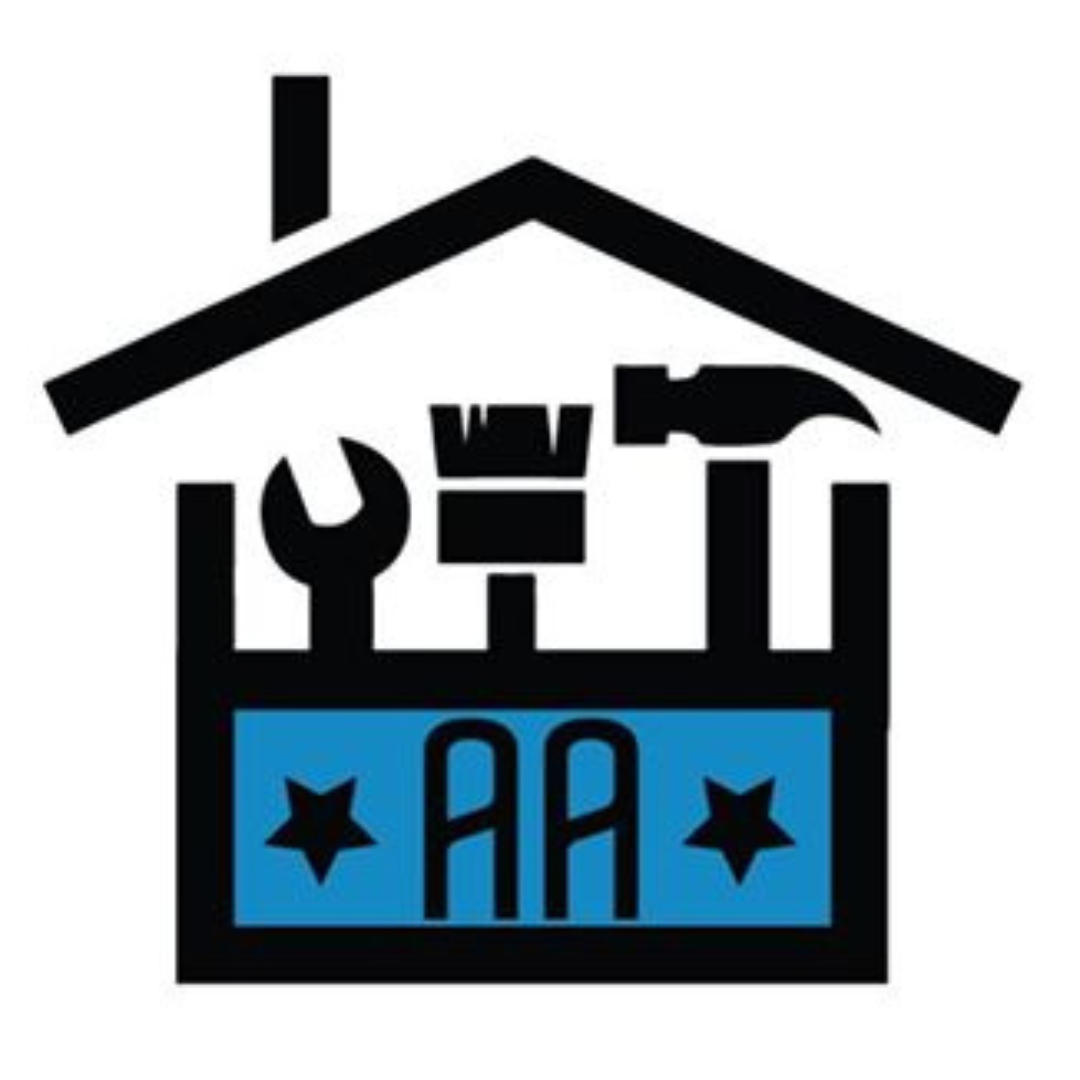Painting is a crucial aspect of any renovation or new construction project, and the application method plays a significant role in achieving a professional finish. Whether you are a homeowner looking to refresh a space or a professional contractor tackling a large-scale project, understanding the difference between brushing, rolling, and spraying paint can help you make informed decisions.
Each method has its advantages and drawbacks, and choosing the right technique depends on factors such as surface type, project size, finish quality, and efficiency. This article will explore the distinctions between these three painting techniques, helping you determine the best approach for your project. If you’re looking for professional assistance, Affordable Actions, a leading name in painting contractors in St. Augustine FL, offers expert solutions tailored to your needs.
Brushing Paint
Best For: Trim, edges, small areas, detailed work
Brushing is the oldest and most traditional method of painting. It involves using a paintbrush with natural or synthetic bristles to apply paint onto surfaces.
Pros of Brushing Paint
- Precision & Control – Paintbrushes offer maximum control, making them ideal for detailed work such as trims, moldings, and corners.
- No Overspray – Unlike spraying, brushing does not create airborne particles, making it a cleaner method.
- Great for Small Areas – If you’re working on furniture, doors, or touch-ups, a paintbrush is the best tool for the job.
- Ideal for Oil-Based Paints & Stains – Brushes work exceptionally well with thick or oil-based paints, ensuring smooth and even coverage.
Cons of Brushing Paint
- Slower Application – Brushing takes significantly longer compared to rolling or spraying.
- Brush Marks – If not applied correctly, visible brush strokes can appear, affecting the final finish.
- More Effort Required – Manually brushing large surfaces is labor-intensive and requires more physical effort.
When to Use Brushing
- Painting window frames, trims, and moldings
- Touching up small areas
- Applying oil-based or specialty paints
- Working on furniture or cabinetry
Rolling Paint
Best For: Walls, ceilings, and large flat surfaces
Using a paint roller is one of the most popular methods for applying paint in residential and commercial spaces. Rollers consist of a handle, a roller frame, and a cylindrical cover made of foam or fabric.
Pros of Rolling Paint
- Faster Than Brushing – A roller covers larger areas quickly, making it ideal for walls and ceilings.
- Even Coverage – Rollers distribute paint evenly, reducing streaks and inconsistencies.
- Less Mess Than Spraying – Unlike spray painting, rolling minimizes overspray, making it suitable for indoor use.
- Versatile – Available in various nap thicknesses, rollers can be used for smooth or textured surfaces.
Cons of Rolling Paint
- Not Ideal for Small or Detailed Work – Rollers lack precision, making it difficult to reach tight corners or edges.
- Requires More Paint – Compared to brushing, rolling may require more paint due to absorption by the roller cover.
- Potential for Splatter – Rolling too quickly or using a dry roller can cause paint splatter.
When to Use Rolling
- Painting interior and exterior walls
- Coating large surfaces like ceilings and floors
- Applying latex paints on drywall
- Covering textured surfaces
Spraying Paint
Best For: Large areas, new construction, exterior projects
Spray painting involves using a sprayer that atomizes paint into a fine mist and evenly coats the surface. It is the fastest method and is widely used in commercial and industrial applications.
Pros of Spraying Paint
- Extremely Fast – Spray guns cover large areas in a fraction of the time compared to brushing or rolling.
- Smooth Finish – Sprayers produce a flawless finish without brush strokes or roller marks.
- Great for Uneven or Textured Surfaces – Spraying is excellent for surfaces like stucco, fences, and intricate details.
- Works Well with Any Paint Type – From latex to oil-based paints, sprayers handle a variety of coatings.
Cons of Spraying Paint
- High Overspray & Waste – A significant amount of paint can be lost to overspray, requiring more product.
- Requires Extensive Prep Work – Spraying needs proper masking and protection to avoid getting paint on unintended surfaces.
- Not Ideal for Small Jobs – Setting up a sprayer takes time, making it impractical for minor touch-ups.
- Equipment Cost & Maintenance – Spray guns can be expensive and require regular cleaning.
When to Use Spraying
- Painting exterior walls, fences, and decks
- Large-scale commercial and industrial projects
- New construction homes
- Refinishing furniture or cabinetry
Comparison Table: Brushing vs. Rolling vs. Spraying
| Feature | Brushing | Rolling | Spraying |
|---|---|---|---|
| Application Speed | Slow | Moderate | Fast |
| Finish Quality | Good (visible brush marks) | Smooth | Perfectly smooth |
| Ideal for Small Details | Yes | No | No |
| Best for Large Surfaces | No | Yes | Yes |
| Paint Waste | Low | Moderate | High |
| Ease of Use | Easy | Moderate | Requires skill |
| Cleanup | Simple | Moderate | Difficult |
| Cost | Low | Moderate | High (equipment required) |
Choosing the Right Painting Method for Your Project
When deciding between brushing, rolling, or spraying, consider the following factors:
- Surface Type: Smooth surfaces benefit from spraying, while textured surfaces work well with rolling.
- Project Size: Large areas are best tackled with rolling or spraying, while smaller areas are better suited for brushing.
- Desired Finish: If you want a flawless, factory-like finish, spraying is the best option. For a more traditional look, brushing and rolling are effective.
- Budget: Spraying requires additional equipment costs, while rolling and brushing are more affordable.
- Environmental Considerations: Spraying can create airborne particles, requiring proper ventilation and protective gear.
Why Choose Affordable Actions?
When it comes to professional painting services, Affordable Actions stands out as the go-to choice for painting contractors in St. Augustine, FL. Here’s why:
- Experienced Professionals – With a team of skilled painters, we ensure quality results for every project.
- Versatile Services – Whether you need interior, exterior, residential, or commercial painting, we’ve got you covered.
- Customer Satisfaction – We prioritize our clients, delivering projects on time and within budget.
- Advanced Techniques – From brushwork to spray painting, we use the best methods for a superior finish.
- Affordable Pricing – Quality doesn’t have to break the bank. We offer competitive pricing without compromising on excellence.
For expert painting solutions in St. Augustine, FL, Affordable Actions is your trusted partner. Contact us today to discuss your project and transform your space with professional precision!

